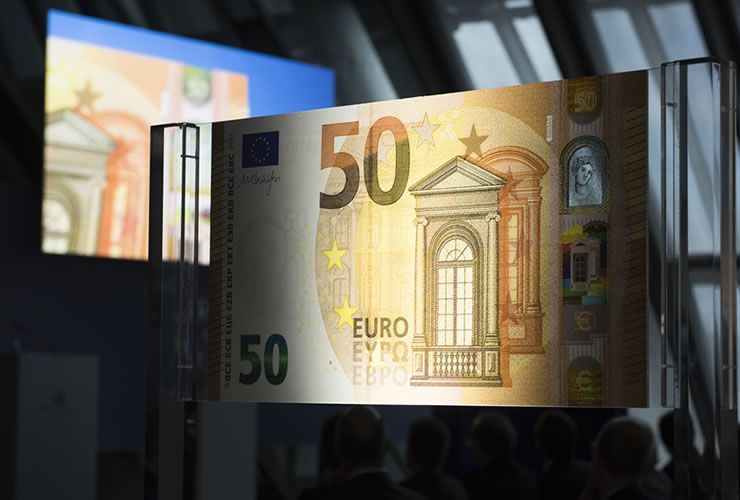EUR/USD: 1.1500 Target Hit – Look For Overshoot say ING

The Euro to Dollar exchange rate (EUR/USD) has rallied higher, reaching the 1.1550s.
The last break, which saw the pair move above the key 1.1500 line, was driven by Dollar weakness with markets increasingly convinced US President Donald Trump won't deliver his promises of tax cuts and spending increases having seen his authority flounder in his attempts to repeal Obamacare.
The bill seeks to replace Obama’s medicare which attempted to provide universal free healthcare.
If passed, the new bill, would lead to a reduction in the number of Americans having access to healthcare, a fact which is making some Senators – even Republicans - feel jittery.
So much so, in fact, that two Republican senators voted against the passing of the bill yesterday, making its passage a “fading probability” a according to ING Bank N.V’s Petr Krpata.
How does this bode for EUR/USD?
The new healthcare bill, if implemented, would reduce the cost of health for the government, enabling it to use that money to pay for tax cuts.
Tax cuts were seen as one of the most important planks of Donald Trump’s fiscal stimulus promise.
The theory is that tax cuts will lead to higher growth, which will push up inflation, which will lead to the Fed raising interest rates.
Higher interest rates mean a stronger Dollar, because the higher interest attracts more foreign investors to park their capital where it can make the most money.
Donal Trump has said that the new healthcare bill must be enacted for tax cuts to take place, “as the bill’s passage is seen as a prerequisite for meaningful tax cuts (to make the policy changes fiscally neutral),” says Krpata.
As it stands, the EUR/USD has already breached ING's year-end target.
But this doesn't mean it can't go higher and Krpata says look for an overshoot as, “the ECB continues moving closer to eventual policy normalisation".
By normalisation it is meant a reduction in quantitative easing - or asset purchases in ECB-speak.
ING see little chance of the ECB backtracking on their current policy-tightening trajectory as they will want to avoid any undue volatility from a sudden retrenchment, if necessary.
They will want to pre-prepare the market for any, “eventual QE tapering (via gradually higher yields) to avoid future taper tantrum-like Bund sell-off. Hence, the EUR downside seems limited,” adds the Krpata.
From a technical point of view the pair is still moving higher in its ascending channel.
It has broken decisively above a major trendline joining the October 2016 and January 2017 highs, as we forecast in a previous article.
The pair has now reached a fresh ledge of support at the level of the R2 monthly pivot at 1.1545, our previous upside target for the pair.
Monthly pivots are key levels on charts where traders buy and sell securities in higher volumes; in reality, they provide obstacles to price growth, which is why we made R2 a target, as sometimes the exchange rate can rotate and fall when it meets them.
To confirm a definitive break above R2 we would want to see a move above 1.1585, with a target thereafter at 1.1700.
Below is a copy of the previous chart in our week ahead analysis.
